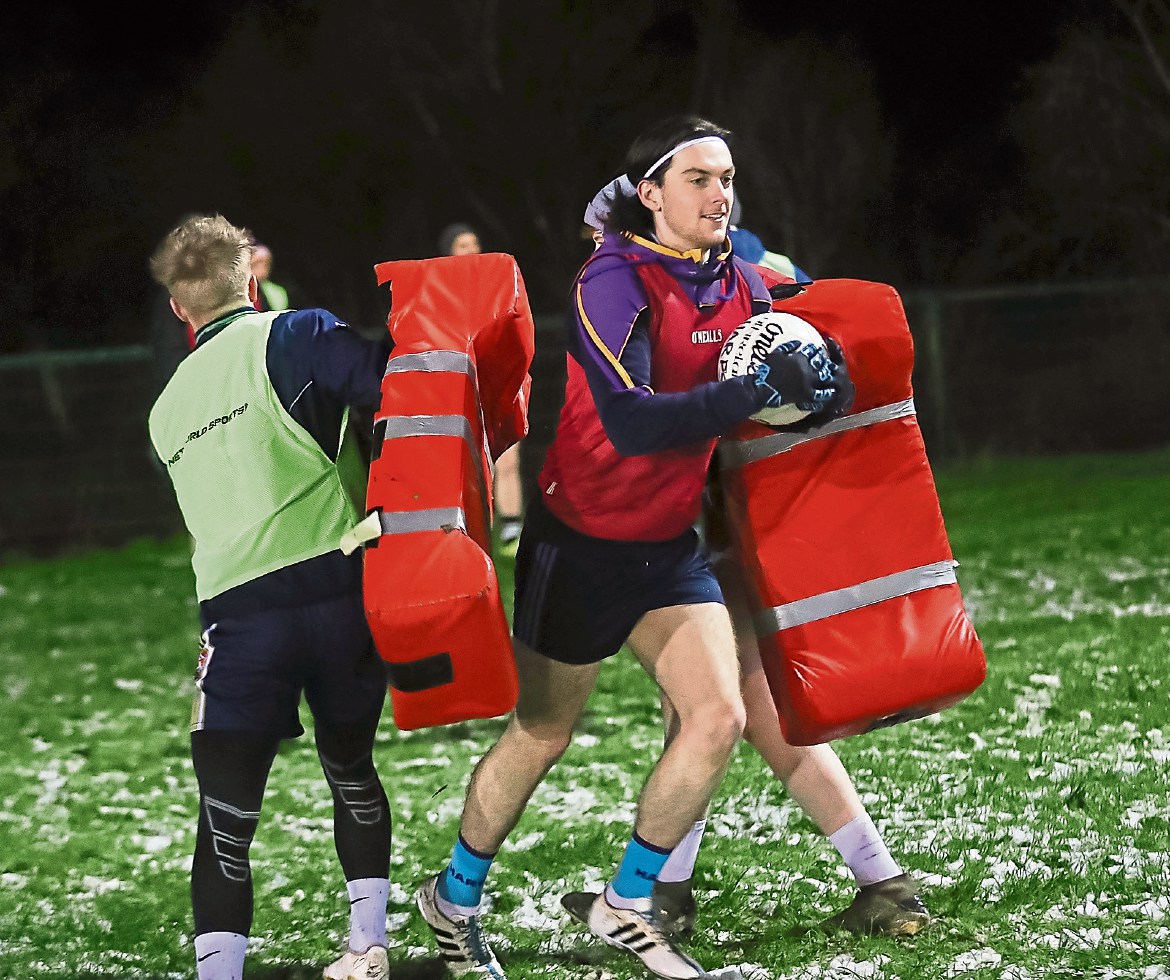IT seems that right now quite a few club teams are missing players, often this is offered up as an excuse in the wake of defeat. ‘Yeah but we were missing Players X Y and Z’. Players can miss games for all matter of reasons. Holidays, personal engagements, work, impact injuries and suspension.
These can all be accepted as unavoidable in one way or another, if an opposing player decides to leave something in when his direct opponent is unbalanced or unaware of what’s coming then nasty impact injuries can be inevitable.
However most frustratingly the soft tissue injury can become the bane of many players seasons. Recurring hamstring injuries as an example are extremely prevalent within GAA. Given the chaotic and explosive nature of the games athletes often overstep their own physical boundaries. But what can the coach do to ensure that his or her players can be armed to evade the dangers of soft tissue injuries and the damage they can inflict on a season for both the individual and the team.
Instil Injury reduction culture
If you want to help eradicate soft tissue injury in your squad, you want to start from the bottom up. Enlist the help of a physio, meet up and discuss the demands of the game and the stresses it places on your players physiologically. The physio can then suggest ideas on good low tempo activation exercises and techniques for the players to engage in prior to team sessions to have the body primed prior to taking to the field. To encourage full participation, you could make it a mandatory part of the coaching session that the team meet up 20 minutes prior to taking the field to conduct their activation exercises together.
Education
Seek out the advice and services of a well-regarded physio and nutrition professional to deliver workshops to your players. It is important that players gain access to the additional strands that surround playing team sport. If you are looking for the smaller gains, then they can most definitely be found when players take their general lifestyle habits up a notch. Making better choices away from the football field will often improve your chances of success on it.
S&C
Most Senior club teams will have an S&C coach of some description on board. Theirs is a key role often dictating the load and demands on players throughout the year, it should not be a one method fits all approach and the best coaches can alter the demands placed on players of differing make ups. To be a successful team you will invariably require most of your best players to be available for the majority of the season. Determining a load to place on your players through the week to keep them sharp yet not putting them in danger of over training is the balance that can be at times hard to strike. You could make an argument to suggest that right now most club players are over training in relation to the physical demands of the game.
Rest
So simple yet so underutilized. The body needs a period of rest to allow for physical adaptations to occur in the wake of sessions that have put a significant physiological strain on the body. For example, a club midfielder covers 8.5km on a Sunday afternoon, hitting up to 1.5km of that total as high-speed movements.
Will he be best served by being run all over his clubs training ground on a Tuesday evening? Most likely not. Afford players time to recover, push the issue surrounding good sleep and nutrition aspects as much as the desire is there to squeeze every last drop from them on the training ground and there may just be more fit bodies to pick from.
Receive quality journalism wherever you are, on any device. Keep up to date from the comfort of your own home with a digital subscription.
Any time | Any place | Anywhere












